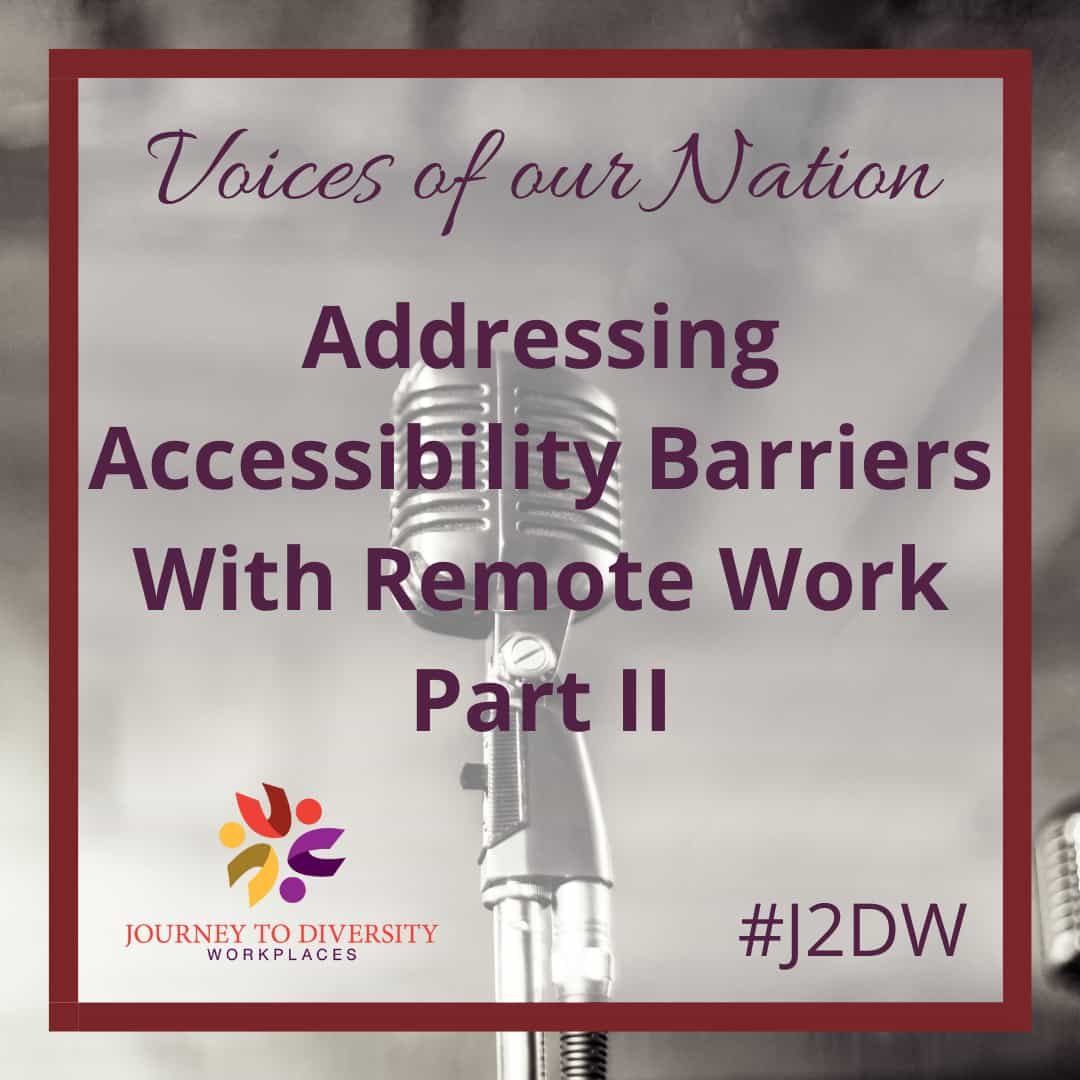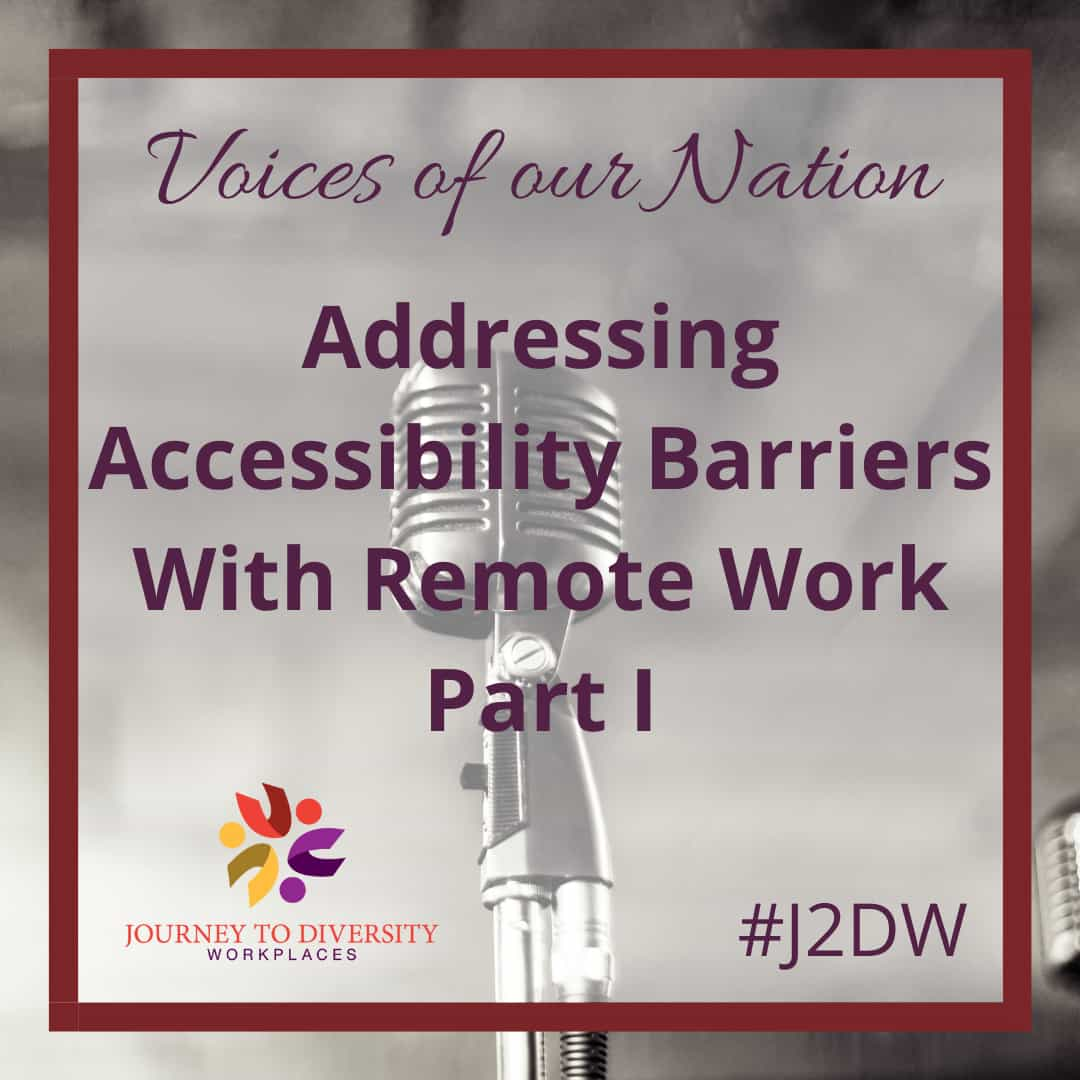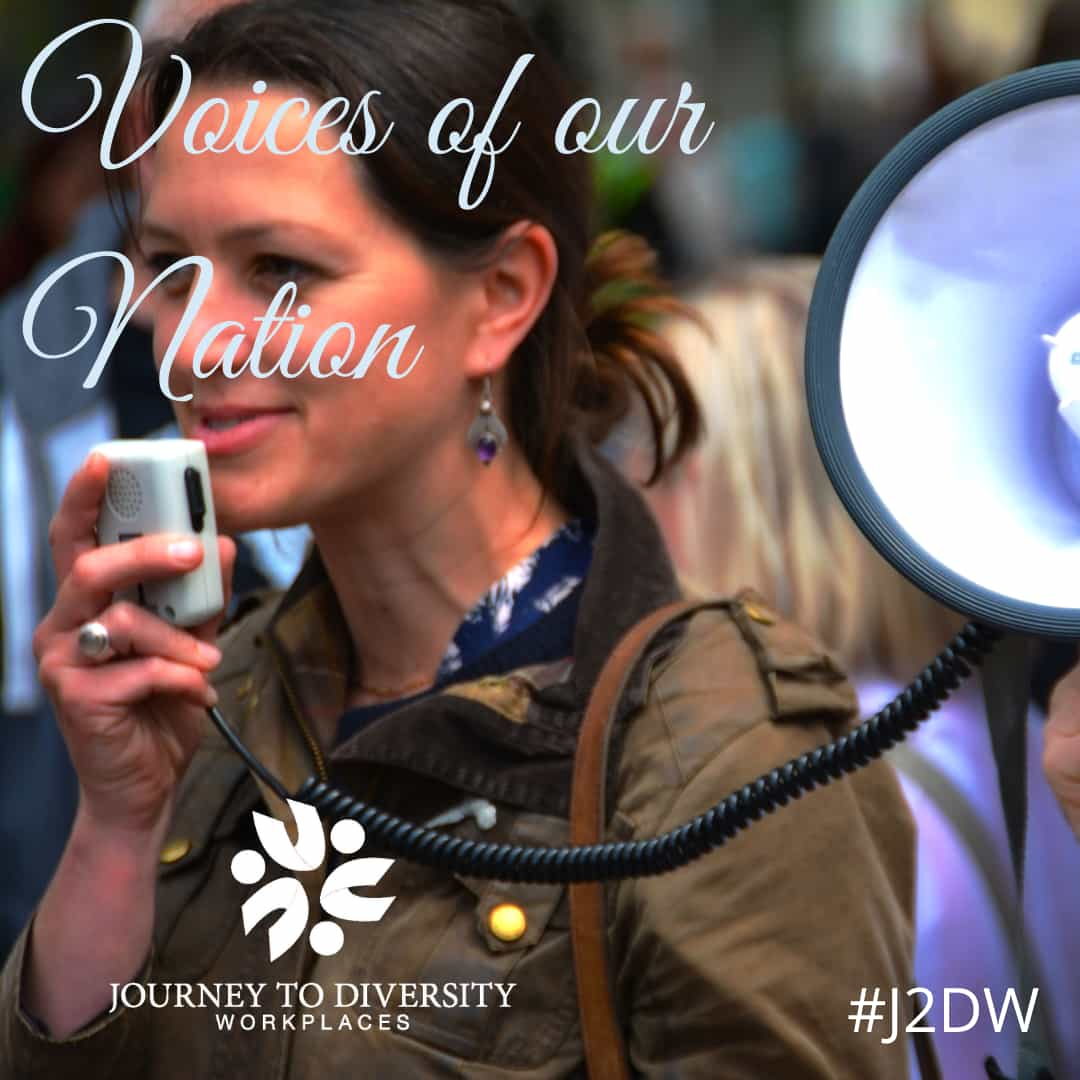This blog post is the second of two articles on disability and remote work. The first entry focused on some of the accessibility barriers that disabled employees face in the workplace, and how the normalisation of remote work has helped to overcome many of those barriers. This post considers what it means for disabled employees to return to in-person work now that many companies are adopting a hybrid model or mandating a return to the physical workplace.
Since the onset of the COVID-19 pandemic, disabled employees have found that remote work gives them the opportunity to work in an environment that accommodates their needs more easily than working at the office. As I discussed in the first segment of this blog, disabled Canadians who qualify for employment remain vastly underrepresented in the workforce, and the inaccessibility of many work environments is a contributing factor. The widespread adaptation of remote work during COVID might just have provided a needed solution to overcoming some of these accessibility barriers. But now that many employers are implementing a return to the physical workplace, it’s worth questioning what this means for disabled employees.
It’s true that many people are experiencing feelings of isolation and are impatient for the chance to get out of the house, which can help to maintain a work-life balance. But a mandated return to the office may present a serious setback for disabled employees who have benefitted from the convenience of working from home. Remote work has contributed to both their physical and mental wellbeing, and after two years of operating out of what may be for them an optimal work environment, some disabled employees might be reluctant or unable to make the adjustment to working in-person, especially if they started a new position remotely and may not know what to expect at the office in terms of accessibility.
Employers may believe that in-person work is the best option for everyone, but the notion that jobs can only be performed in a physical workplace fails to take into account the experiences and concerns of disabled people. Granted, some industries are dependent upon in-person labour, but the past two years have proved that many jobs can in fact be performed remotely. Why should disabled members of the workforce be forced to return to the office when they can work equally, if not more efficiently, in an environment in which their needs are met?
We can see a similar phenomenon taking place in the post-secondary education system, as many institutions have shifted toward a return to the classroom over the past year. A workplace and an academic setting may be different environments in nature, but there is considerable overlap between a student’s ability to focus in class and succeed in their studies and an employee’s ability to perform their tasks and do their job well.
As a case in point, Anushay Sheikh filed a human rights claim against U of T Law before the Ontario Human Rights Commission. After accepting an offer of admission to the law school in 2021 and deferring acceptance for the fall 2022 semester, Sheikh soon ran into barriers when requesting accommodation from the university. As a student with disabilities, they requested access to Zoom links for lectures so that they could sometimes attend classes remotely on an as-needed basis. According to news reports on the case, U of T Law Faculty repeatedly refused on the basis that university programs are delivered in-person, and that the shift to online learning was only intended as a temporary COVID measure. The university technically has a system in place to provide lecture recordings for those who miss class for both COVID and non-COVID related reasons, but disabled students at U of T are still reporting that accommodation requests to learn remotely are being denied (Yousif & Frances, 2022). According to Sheikh, several of their professors were supportive, but the administration was ableist (Damte, 2022). After months of back-and-forth with the administration, Sheikh filed a human rights claim in January 2022.
“As someone that suffers from chronic pain flare ups, PTSD, and anxiety, the option of remote learning gives me the flexibility I need to navigate my symptoms,” Sheikh asserted in an email response to Journey to Diversity Workplaces. “[… B]eing able to make decisions about my health as an adult without asking permission from older white administrators will not only help my ability to access course material, but would also save a significant amount of distress that comes with asking people in positions of power for basic dignity.”
It’s easy to see how similar principles can be applied to members of the workforce and their requests to work from home. The COVID-19 pandemic has proved that many jobs can in fact be performed remotely, so there’s no substantial reason for employers to deny their workers the right to such accommodations, certainly not if a company is meant to uphold inclusive practices.
It’s also worth bearing in mind that a non-inclusive work culture or inaccessible workspace is likely to steer a disabled employee toward other companies and industries where they can be accommodated more easily, even if they might otherwise be the perfect candidate for a particular job. Such a culture will, in turn, inhibit a company’s ability to be more inclusive in the long run because of the lack of disabled voices on its team.
When asked by Journey to Diversity Workplaces about how disabled students can benefit from remote learning in the long run, Sheikh asserted: “[…] We live in a society that has perpetuated toxic work and study expectations, including not listening to your body and mind, not taking breaks, forcing yourself to conform to a specific learning style that may not work for you, etc. By adopting a universal design, one in which many different needs are met without requiring students to other themselves to get accommodations, universities can and will attract people who think in different ways. A diversity of thought is crucial to having a well rounded institution, and by extension, a well rounded and representative legal profession. It’ll also allow students, as adult human beings, to make decisions about their health and well-being. If that means learning from home to get the most out of a lecture, so be it.”
At the end of the day, a company’s internal inclusivity/anti-discrimination policies are meaningless if the environment is not accessible (Claus, 2021). Many workers are eager for a chance to return to the office, but leaving the option open for remote work for those who can benefit from it is one significant way in which employers can make their work culture more accessible. Disabled employees have been pushing for the opportunity to work remotely for a long time. Accommodating those requests is one way in which employers can show they are listening to the disabled voices on their team, and move towards a work culture that is more diverse and welcoming of everyone.
Sources
Berting, P. (2022, February 14). Law student files human rights claim against U of T over zoom link accessibility. The Varsity. Retrieved July 21, 2022, from https://thevarsity.ca/2022/02/14/human-rights-case-u-of-t-law-student-zoom/
Claus, C. (2021, October 4). How to Improve the Hiring Process & Create a More Inclusive Workplace, According to an Accessibility Support Engineer. InclusionHub. Retrieved July 21, 2022, from https://www.inclusionhub.com/articles/improve-hiring-process-create-inclusive-workplace
Damte, M. (2022, February 28). Inclusive Excellence? Recent Human Rights Tribunal Application Says Otherwise. Ultra Vires. Retrieved July 21, 2022, from https://ultravires.ca/2022/02/inclusive-excellence-recent-human-rights-tribunal-application-says-otherwise/
Peng, J., & Kiessel, L. (2020, October 27). For those with disabilities, shift to remote work has opened doors (video). The Christian Science Monitor. Retrieved July 14, 2022, from https://www.csmonitor.com/Business/2020/1027/For-those-with-disabilities-shift-to-remote-work-has-opened-doors-video
Yousif, N., & Francis, A. (2022, June 5). U of T Law is denying access to virtual classes, disabled students say – despite COVID-era shift to online learning. Toronto Star. Retrieved July 21, 2022, from https://www.thestar.com/news/gta/2022/06/05/u-of-t-law-is-denying-access-to-virtual-classes-disabled-students-say-despite-covid-era-shift-to-online-learning.html
This article was written by summer student Cossette Penner-Olivera and edited by summer student Bayden Summers. This article was funded by the Government of Canada.






